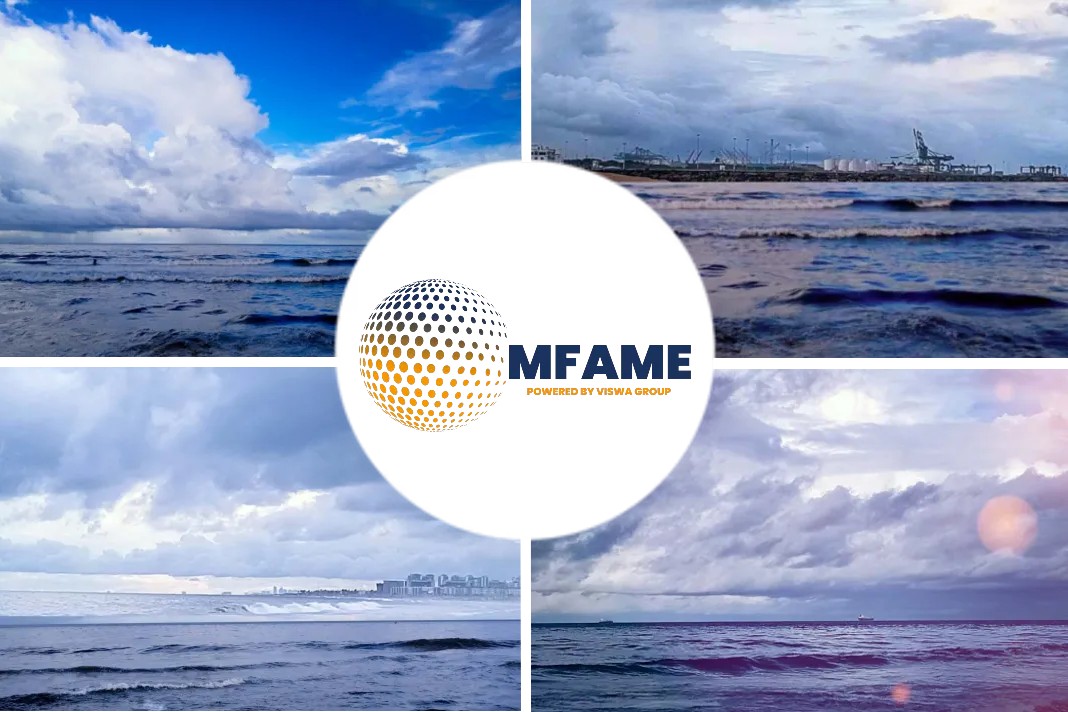- Pyrenees and Van Gogh premiums jump on fuel oil blending demand produced offshore Western Australia.
- Two grades have been sold at premiums of more than $7 a barrel to dated Brent, up more than $1 from the previous month.
- Traders blend heavy sweet crude to create low-sulphur fuel oil because they have a higher density relative to other grades and contain less sulphur.
- According to Heavy-sweet oil is the most suitable to be used for ship engines as it has a higher flash point.
According to an article published in Reuters, prices for Australian heavy-sweet crude grades are rising as traders snap up cargoes for blending ahead of new rules on shipping fuel, putting them among the most expensive crudes in the world.
High premiums
The high premiums are benefiting producers such as BHP Group, Santos Ltd and Inpex Corp, which sell grades such as Pyrenees and Van Gogh produced offshore western Australia.
The two grades have been sold at premiums of more than $7 a barrel to dated Brent, up more than $1 from the previous month, after Royal Dutch Shell and Mitsui & Co snapped up one May-loading cargo each, three trading sources said.
At those premiums and based on the current dated Brent BFO- on Refinitiv, the grades would cost more than $77 a barrel. Malaysian sweet grades such as Kimanis and Kikeh, which typically are among the most expensive in Asia, are trading at premiums of about $5.50 a barrel.
“They are the most expensive grades around the world. I haven’t heard of such premiums (traded for crude),” said one of the sources, an Asian crude oil trader. “It’s probably a record premium for Van Gogh.”
Crudes such as the Pyrenees and Van Gogh are called heavy sweet because they have a higher density relative to other grades and contain less sulphur.
IMO 2020 regulations
To combat air pollution from the shipping industry, International Maritime Organization (IMO) rules will ban ships from using fuels with sulphur content above 0.5 percent starting in 2020, compared with 3.5 percent now, unless they are equipped with so-called scrubbers to clean up sulphur emissions.
The high premiums reflect the blending value of the low-sulphur crudes for mixing with higher sulphur residue fuel onboard ships or in storage tanks to create low-sulphur fuel oil (LSFO), the sources said.
Setting-up supplies
Chinese and Indian refiners who typically buy these Australian heavy-sweet grades have stayed on the sidelines after premiums for these grades jumped, they said.
“People are putting it into their system for IMO. If you’re trying to set up with supplies to be ready to rock and roll, this is the right time to do it,” said a second source, a crude oil trader who handles such grades.
Suitable for ship engines
Among different crude grades, heavy-sweet oil is the most suitable to be used for ship engines as it has a higher flash point, he added. Crudes with a low flash point ignite easily and can cause engine issues.
Still, two of the three sources said margins for LSFO were about $8.50 a barrel to Dubai quotes which meant that profits from blending may be thin given the high cost of the Australian oil.
Australia is expected to produce more heavy-sweet crude once the Greater Enfield project restarts production by mid-2019.
Did you subscribe to our daily newsletter?
It’s Free! Click here to Subscribe!
Source: Reuters






















